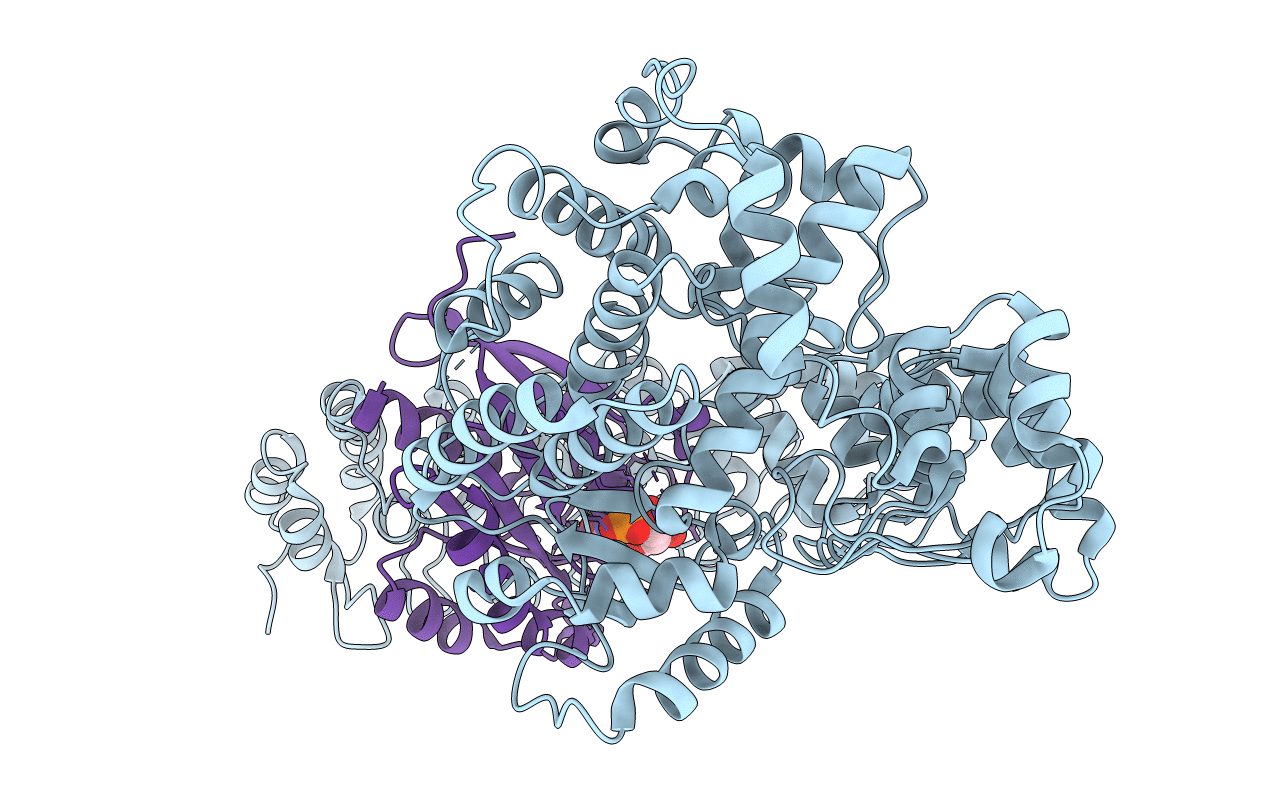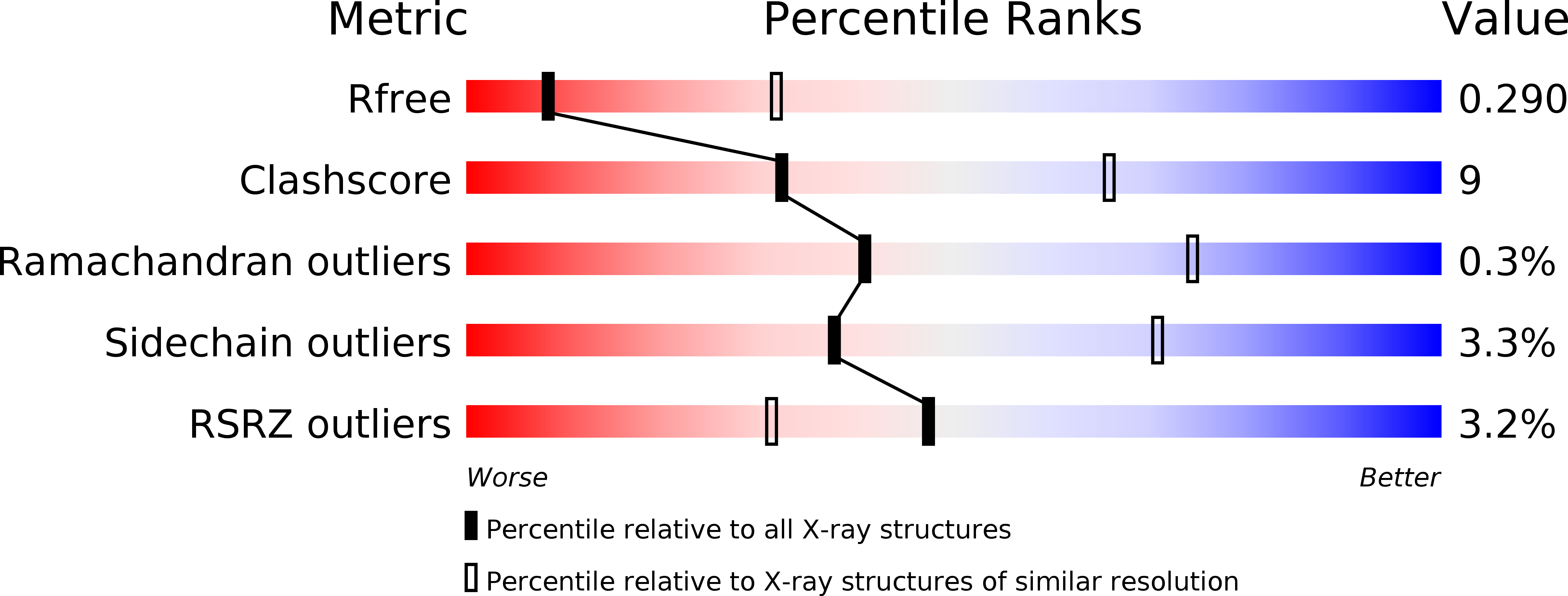
Deposition Date
2019-08-16
Release Date
2020-06-10
Last Version Date
2024-01-24
Entry Detail
PDB ID:
6SKU
Keywords:
Title:
Legionella effector AnkX in complex with human Rab1b
Biological Source:
Source Organism:
Host Organism:
Method Details:
Experimental Method:
Resolution:
3.20 Å
R-Value Free:
0.28
R-Value Work:
0.24
R-Value Observed:
0.24
Space Group:
C 1 2 1


